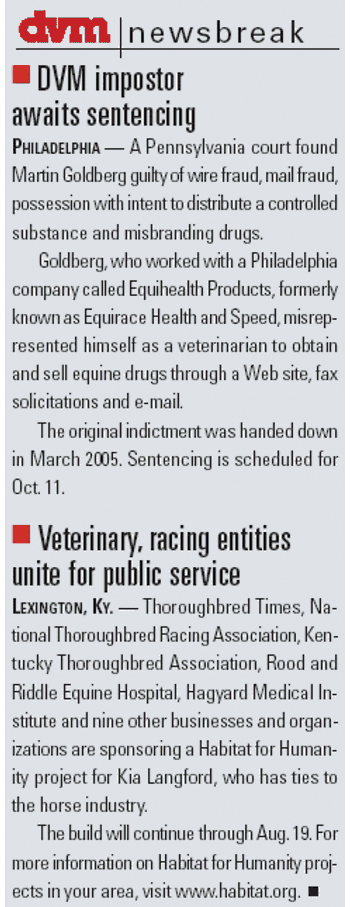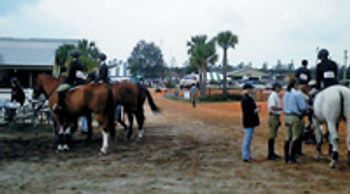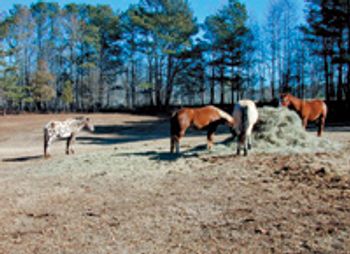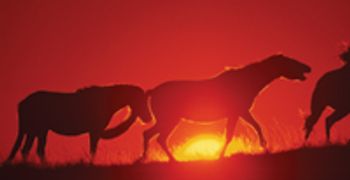
A horse's skin and coat can be contaminated via air and soil by various fungal organisms. Though also found on normal horses, some of these fungal organisms can produce significant fungal infection under the proper conditions. From the commonly recognized ringworm to the more insidious pythiosis, horses can be infected by these potentially nasty fungal infections, which are not only irritating, but also in the case of pythiosis, can be life-threatening.





















